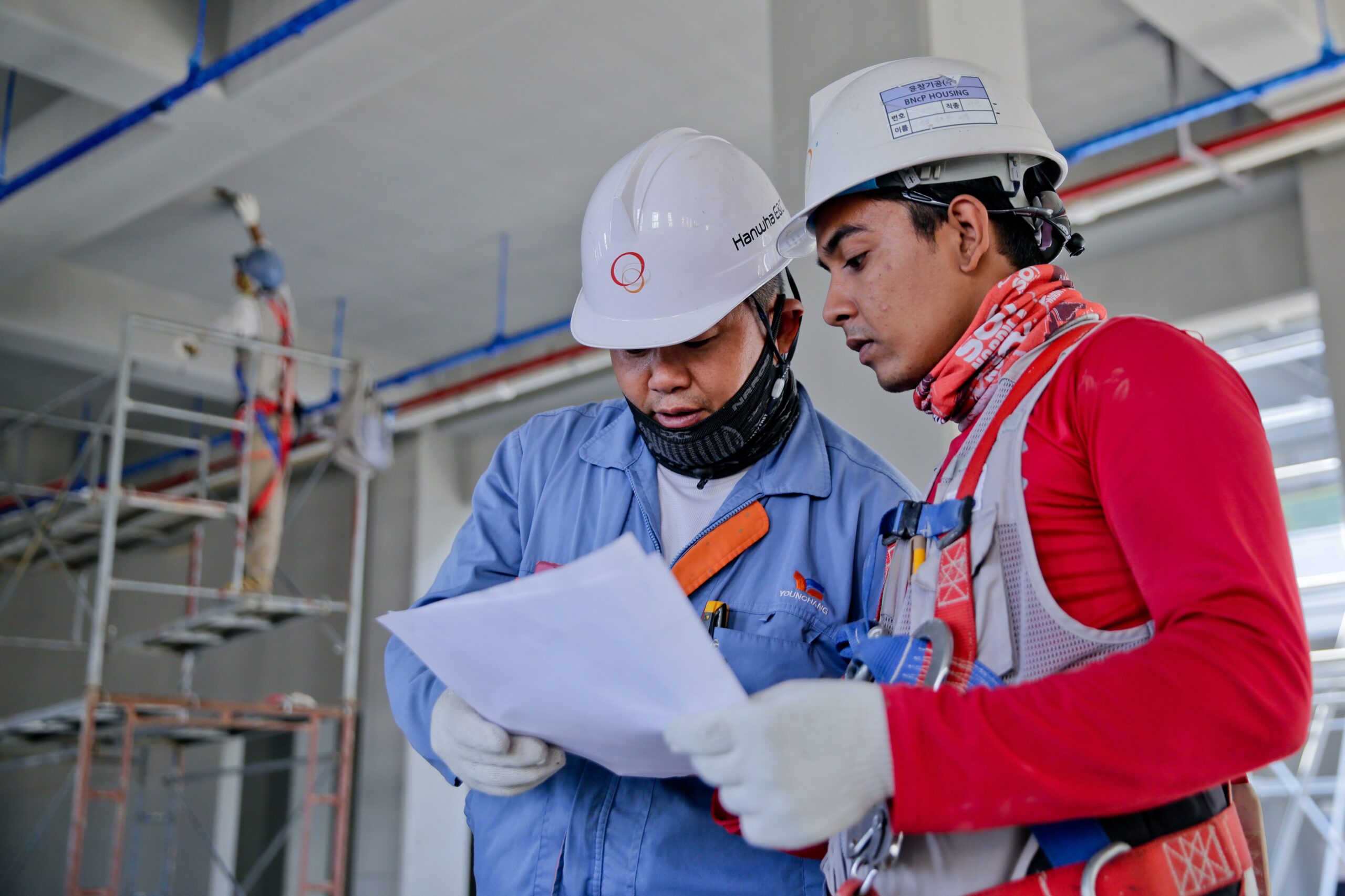Table of Contents
- The Crucial Difference: LMIA Validity vs. Work Permit Duration
- Unraveling the Factors That Dictate Work Permit Length
- A Deep Dive into High-Wage and Low-Wage Position Durations
- The Strategic Importance of Your Passport’s Expiry Date
- Extending Your Stay: Renewing an LMIA-Based Work Permit
- Frequently Asked Questions (FAQs)
Securing a Canadian job offer supported by a Labour Market Impact Assessment (LMIA) is a monumental achievement for any foreign national. It represents the culmination of a rigorous process for both the applicant and their future employer. However, once the positive LMIA is in hand, a critical question arises: exactly how long will the resulting work permit be valid for? The answer isn’t a single number; it’s a determination based on a confluence of factors, regulations, and even the discretion of the immigration officer reviewing the application. Understanding these variables is paramount for planning a future in Canada, whether for a temporary period or as a stepping stone toward permanent residence. This guide provides an in-depth look at the intricacies of LMIA-based work permit durations, offering clarity on a subject vital to every temporary foreign worker.
The Crucial Difference: LMIA Validity vs. Work Permit Duration
One of the most common points of confusion for applicants and employers alike is the distinction between the validity of the LMIA document itself and the duration of the work permit that is issued based on it. These are two separate timeframes that serve entirely different purposes. An LMIA is essentially a permission slip from Employment and Social Development Canada (ESDC) allowing an employer to hire a foreign worker. This permission slip has an expiry date. Generally, a positive LMIA is valid for up to 18 months. This means the foreign worker has a window of 18 months from the date the LMIA is issued to submit their work permit application to Immigration, Refugees and Citizenship Canada (IRCC). If an application is not submitted within this period, the LMIA expires and becomes useless, forcing the employer to start the entire, often costly and time-consuming, process over again. The work permit, on the other hand, is the official document issued by IRCC that authorizes the individual to work in Canada. Its duration dictates the actual length of time the person can legally work for that specific employer. This duration begins on the date it is issued (or the date of entry into Canada) and is not directly tied to the LMIA’s 18-month validity window. Think of it this way: the LMIA is the key to open the door, and its validity is how long you have to use that key. The work permit duration is how long you get to stay in the room once you’ve opened the door.
Unraveling the Factors That Dictate Work Permit Length
The length of an LMIA-based work permit is not arbitrary; it is meticulously calculated by an IRCC officer based on several key pieces of information. The primary document guiding this decision is the employment contract. The duration specified in the job offer sets the maximum potential length of the work permit. If an employer offers a two-year contract, the applicant cannot receive a three-year work permit. However, the offered duration is just the starting point. The officer will then consider the specifics of the LMIA itself, particularly whether it is for a high-wage or low-wage position, as different rules and caps apply to each stream. Furthermore, immigration officers retain a significant degree of discretion. If an officer has concerns about the genuineness of the job offer or the applicant’s ability to perform the work, they may issue a permit for a shorter duration than requested, perhaps for one year, to allow for a review of the employment situation upon renewal. The most critical and often overlooked factor, however, is the validity of the applicant’s passport. This is a non-negotiable rule: a Canadian work permit cannot be issued for a period extending beyond the expiry date of the holder’s passport. This single detail can unexpectedly shorten a worker’s authorized stay, regardless of all other factors.
A Deep Dive into High-Wage and Low-Wage Position Durations
The Temporary Foreign Worker Program (TFWP) categorizes LMIAs based on whether the offered wage is above or below the provincial/territorial median wage. This classification into ‘high-wage’ and ‘low-wage’ streams is a fundamental determinant of the potential work permit duration. For positions in the High-Wage Stream, the path is generally more straightforward. Work permits can be issued for a maximum duration of up to three years. This longer period provides greater stability for both the employer and the employee and aligns with roles that are often specialized and harder to fill with domestic talent. Employers hiring for high-wage positions must also submit a Transition Plan with their LMIA application, demonstrating their commitment to reducing their reliance on foreign workers over time. In stark contrast, the Low-Wage Stream is subject to more stringent regulations designed to prioritize the Canadian labour market. Work permits issued under this stream are typically for shorter durations, often capped at a maximum of two years. Historically, there has also been a ‘cumulative duration’ limit, which restricts the total amount of time a foreign national can work in Canada in a low-wage position. While policies can shift, the principle remains that these roles are seen as more temporary, and the work permits reflect that philosophy. Understanding which stream a job offer falls into is therefore essential for managing expectations about the length of one’s stay in Canada.
- High-Wage Stream: The wage offered is at or above the provincial/territorial median hourly wage. Work permits can be issued for up to 3 years. This stream is designed for skilled positions where there is a demonstrated need for foreign talent.
- Low-Wage Stream: The wage offered is below the provincial/territorial median hourly wage. Work permits are typically issued for a shorter duration, up to a maximum of 2 years. This stream is subject to stricter caps and regulations to ensure Canadians are considered first for jobs.
- Transition Plan Requirement: Mandatory for high-wage LMIAs, this plan outlines how the employer will recruit and train Canadians to reduce their reliance on temporary foreign workers.
- Cumulative Duration Limit: A rule that historically applied to low-wage workers, limiting their total time in Canada. Workers should verify the current status of this rule as policies evolve.
The Strategic Importance of Your Passport’s Expiry Date
Among all the variables influencing work permit duration, the applicant’s passport expiry date is the most absolute and unforgiving. The rule is simple: a work permit will not be issued for a period longer than the validity of the passport. This administrative regulation often catches applicants by surprise, leading to significant disruption and unforeseen expenses. For example, imagine an applicant has a confirmed three-year job offer for a high-wage position and a positive LMIA to match. Everything points toward a three-year work permit. However, if their passport is set to expire in 14 months, the immigration officer is legally bound to issue a work permit valid for only 14 months. The remaining duration of the job offer is essentially put on hold. To continue working beyond this period, the individual must first renew their passport from their home country’s consulate or embassy, then submit a new work permit application from within Canada to claim the remaining time on their job offer. This means another application fee and significant processing time, during which their ability to work could be impacted if they don’t apply under maintained status. Therefore, one of the most strategic actions an applicant can take before applying for a work permit is to ensure their passport has the longest possible validity, ideally well beyond the end date of their employment contract. This simple check can save immense time, money, and stress down the road.
Extending Your Stay: Renewing an LMIA-Based Work Permit
For many temporary foreign workers, the initial work permit is just the beginning of their Canadian journey. When a work permit nears its expiry, the question of extension becomes critical. It’s important to understand that ‘renewing’ an LMIA-based work permit is not a simple renewal process; it is, in effect, a brand-new application. The employer must once again prove that there is a need for a foreign worker and that no Canadian or permanent resident is available to do the job. This means the employer must go through the entire LMIA application process with ESDC again. They must conduct fresh recruitment efforts, submit a new application, and receive another positive LMIA confirmation. Only after securing this new LMIA can the foreign worker apply to IRCC to extend their work permit. The worker must submit a complete application for a new work permit from within Canada before their current one expires. By doing so, they can benefit from ‘maintained status’ (formerly ‘implied status’), which allows them to continue working under the terms of their original permit while waiting for a decision on the new application. This process underscores the temporary nature of the TFWP and reinforces that each period of employment requires fresh justification to the Canadian government. It requires proactive planning from both the employer and the worker, often starting 6-12 months before the current permit’s expiry.
Frequently Asked Questions (FAQs)
What is the difference between LMIA validity and work permit duration?
LMIA validity is the timeframe, typically up to 18 months, within which you must apply for your work permit after the LMIA is approved. Work permit duration is the actual length of time you are legally allowed to work in Canada, which is determined by your job offer, LMIA type, and passport expiry date.
How does my passport expiry date affect my work permit length?
A Canadian work permit cannot be issued for a period that extends beyond your passport’s expiry date. If your passport expires in one year, your work permit will be valid for a maximum of one year, even if your job offer is for three years.
What is the maximum duration for a work permit based on a high-wage LMIA?
For positions falling under the High-Wage Stream, a work permit can be issued for a maximum initial duration of up to three years. This provides greater stability for roles that are typically more specialized.
Do I need a new LMIA to extend my work permit?
Yes, in nearly all cases, extending an LMIA-based work permit requires your employer to obtain a brand new positive LMIA. The extension process involves submitting a new work permit application supported by this new LMIA.
Talk to us to find out more. ->
The content above is not intended to provide legal advice or opinions of any kind and may not be used for professional or commercial purposes.







